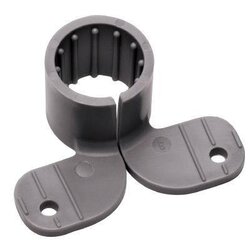As a back up to wood heat, I have forced hot water baseboard gas heat.
Will I risk fire or strong odor if I caulk the gaps in the basement ceiling that the copper pipes pass through to get heat to the living space? Will standard 35 year caulking be able to take any expansion and contraction that comes with pipe heating and cooling? I'd like to do this job just once.
Will I risk fire or strong odor if I caulk the gaps in the basement ceiling that the copper pipes pass through to get heat to the living space? Will standard 35 year caulking be able to take any expansion and contraction that comes with pipe heating and cooling? I'd like to do this job just once.


